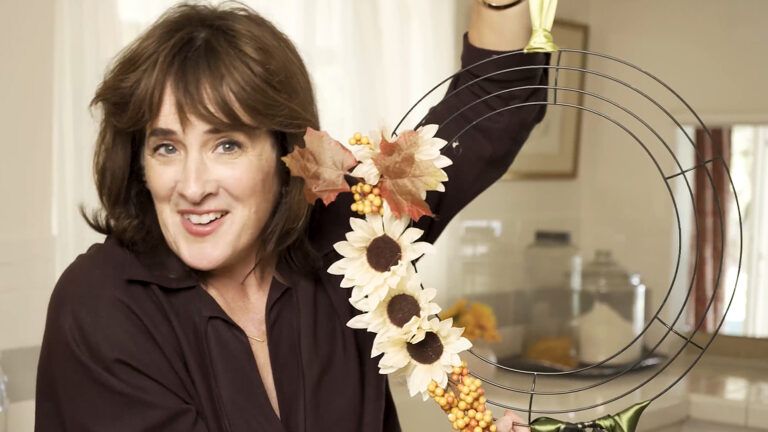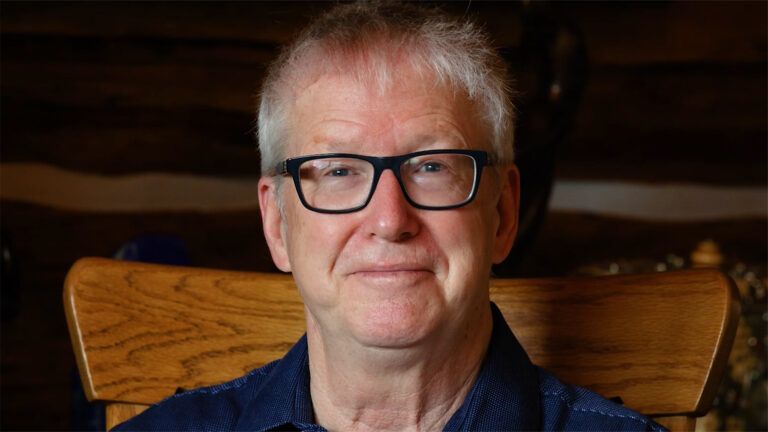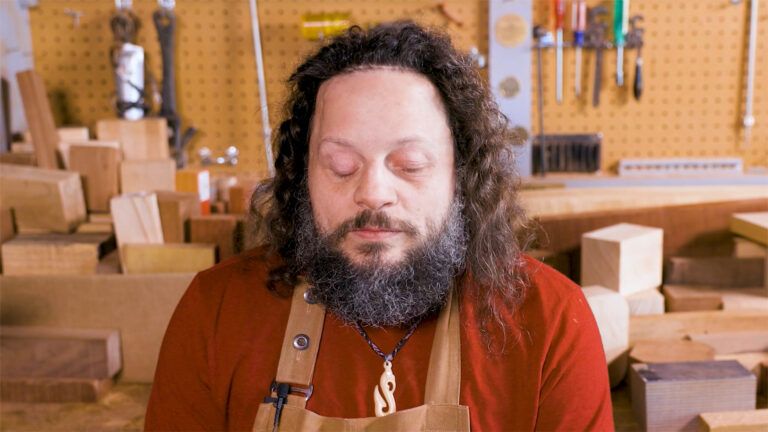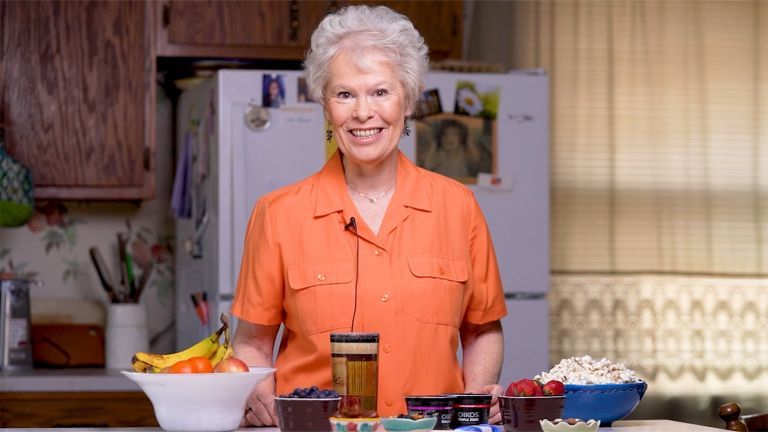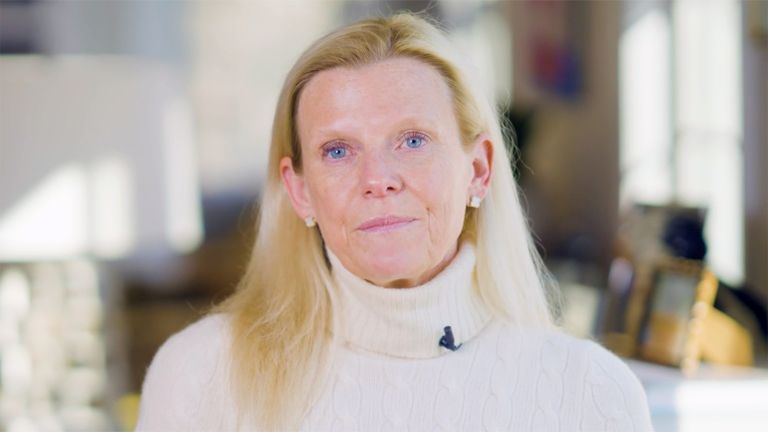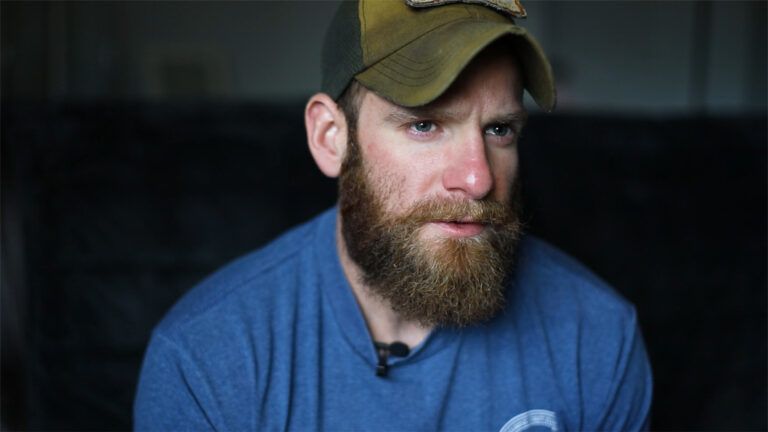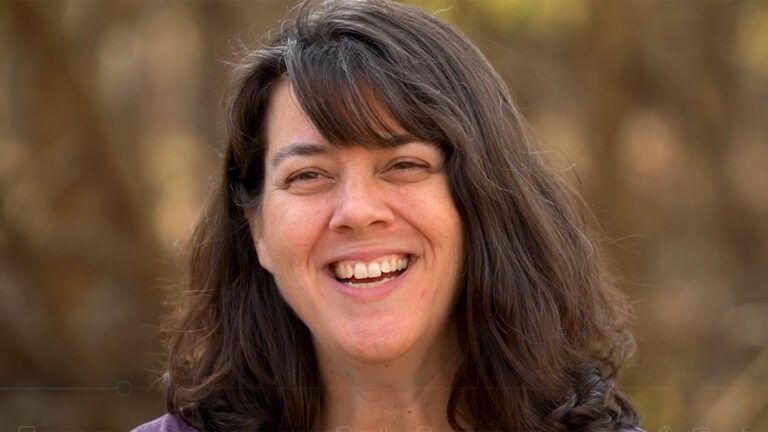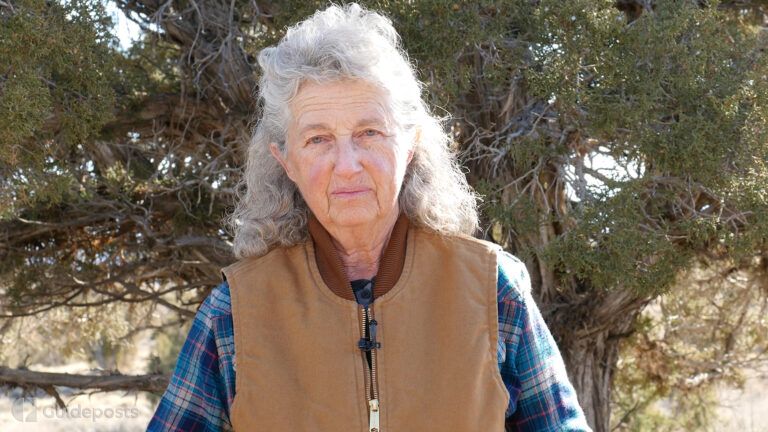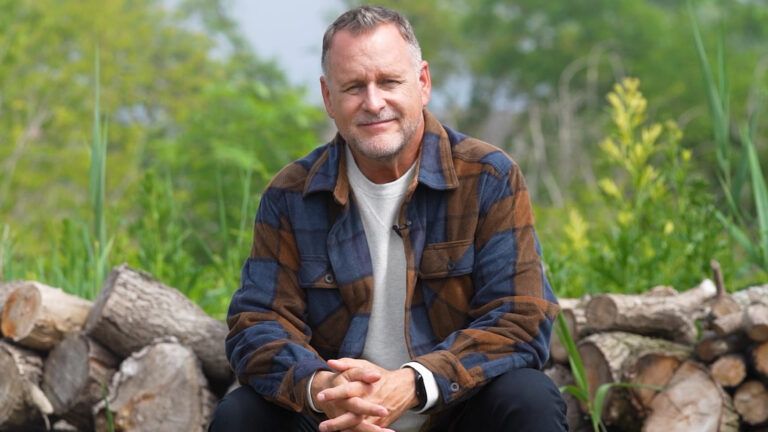
Cookbook Chronicles: Real Food Has Curves
Cookbook authors Mark Scarbrough and Bruce Weinstein answer the 5 questions about their book, their favorite foods, and their healthy approach to eating.
View Transcript
I’m Bruce Weinstein, and I’ve written 18 cookbooks. And my latest book is called “Real Food Has Curves.” And it’s a seven-step plan to get off processed food, to lose weight, and love what you eat all the more.
I am Marc Scarbrough, and I’m a co-author with Bruce Weinstein of “Real Food Has Curves.”
Oh, I think my inspiration was definitely my mother, and mostly that she was allergic to the kitchen. Growing up, we lived on Chinese takeout, and pizza, and we’d call in from the Italian restaurant. And if I wanted anything real, if I wanted something good, I had to learn to do it.
So I remember getting a copy of “From Julia Child’s Kitchen,” and cooking my way from one cupboard to the next in junior high. And by the time I went to high school, I made dinner at home every night.
I think that what inspired me to start cooking is my grandmother. Because back in the day, a long time ago, my grandmother was a baker. And she was an actual baker in an elementary school, back when elementary schools had people to come in at 6:00 AM and make bread, and make pies, and make cakes. So when I was born in the ’60s, she was still doing that.
I’m always going to have a hunk of Parmesan cheese, and Parmigiano Reggiano, because it is a full-flavored, hard, wonderful cheese that has so many uses. You can eat it on its own with grapes and fruit, you can graded on top of casseroles, you could toast it on bread. It’s one of those cheeses that a little bit satisfies you so much, which is one of the things about “Real Food Has Curves,” that we want to get the point out that, if you eat something real, you’re satisfied so much quicker. And Reggiano Parmigiano, just Parmesan cheese does that.
And then eggs. Eggs are a great ingredient, because eggs are so versatile. And they’re good for breakfast, they’re good for lunch, they’re good for dinner, they’re good for a snack. You can soft boil them, hard boil them, make an omelet, make scrambled eggs, whip up a souffle. You can make a cake, dessert. You have an egg in the house, you can do anything. So eggs are a definite must.
And then I think, the last thing, I always have canned tomatoes. Because canned tomatoes are one of those real foods, even though it comes from a can. Because tomatoes, unless you live in Mexico, you’re not really going to have great tomatoes growing all year round. And so you have to find an alternative. And tomatoes are one of those few things that survive from the ground to a vine to a can, and are still real.
And you can use them– if you cannot tomatoes, no matter what else you have in the house– chicken breast, or frozen vegetables, or ground meat– you can make something. You can make a stew, you can make a meatloaf, you can make a soup. They’re perfect.
Pudding. I like it warm. I don’t even let it chill up and set completely. Something about warm chocolate pudding is satisfying. It’s like having a good hot cocoa, but it’s gotten a little too thick, and you have to eat it with a spoon. And we have a chocolate pudding recipe in “Real Food Has Curves” that’ll change your life.
I think I would be macaroni and cheese. Everybody loves it, first of all. And secondly, it’s so comforting. It’s so ridiculous. It’s so simple and straightforward. And yet, at the same time, it’s aggressive kind of in its taste. It’s kind of a combination of things. And I think, like me, it’s got a little bit of a crunchy crust. But inside, it’s kind of gooey and innocent and idealistic. And I think that’s kind of– after years of living in New York City but coming from the South, I think that’s me. I think I have a little crunchy crust, but I’m kind of a real innocent idealist down under it all.
We sit down and we work out what do we think the recipe’s going to be, and how is it going to work. He goes away to the kitchen and creates it. And then after he’s done, I get his notes, and I write it, blah, blah, blah. But before all that happens, it has to pass a two-muster test. Would Bruce’s mother make it, and would my mother make it?
And if we can pass that test with the recipe, it goes in the book. Which means, basically, we’re looking for things that are overly complicated. We’re looking for things that are pretty straightforward in their taste. We’re not using foie gras, or we’re not using 18 spice curry powders. We’re trying to be pretty straightforward in the dishes, and pretty simplistic in how we explain how it happens.
So that’s our kind of two-step thing, is that if our mothers would make it, they would do it. And that’s who I always imagined making it. Now, I don’t know that my mother’s ever made a recipe I’ve ever written in my life, after eight cookbooks. But I imagine it. And I hope. Hope springs eternal in this idealist.
